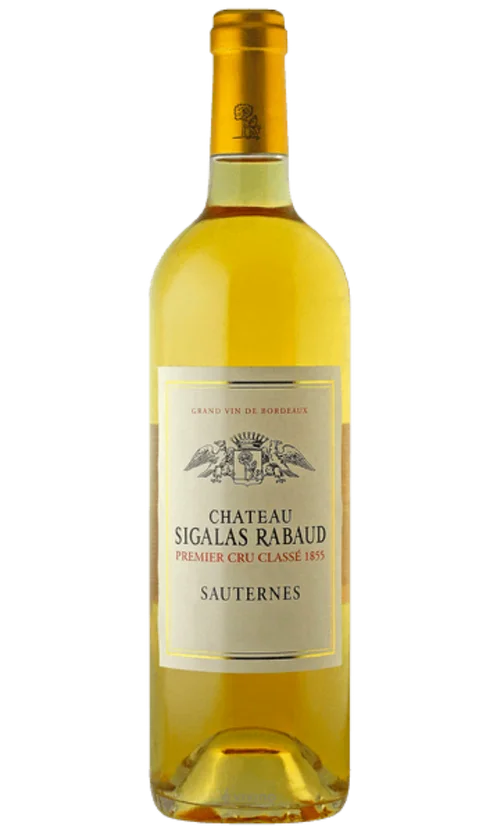About Bordeaux
Bordeaux Facts
Bordeaux is the planet's largest source of fine wine, the model for Cabernet Sauvignon- and Merlot-based wines around the globe. Bordeaux wines are considered by many wine connoisseurs to be the world's greatest reds.
The Bordeaux region encompasses both banks of the Gironde estuary in southwest France, as well as the land bordering the Garonne and Dordogne, which split off from the Gironde in the southern Medoc.
Top Producers from Bordeaux
Bordeaux's highest-quality red wines generally come from seven major appellations: Saint-Estephe, Pauillac, Saint-Julien, and Margaux in the greater Medoc region, Graves to the south of the city of Bordeaux, and Pomerol and Saint-Emilion to the east (an area commonly referred to as the "Right Bank"). The best dry white wines come from the large Graves region, while the finest sweet wines are made in Sauternes and Barsac, enclaves within the southern reaches of the Graves appellation.
Varietals Grown in the Bordeaux
In general, red wines from the left bank of the Gironde, particularly from the Medoc region of Bordeaux, are based on Cabernet Sauvignon, blended with varying amounts of Merlot and Cabernet Franc and sometimes bits of Malbec and Petit Verdot. These red wines are dry and firm, with a solid tannic spine, and are often austere in their youth. They are among the longest-lived wines made anywhere. Red wines from the gravel and sand soils of Graves often show a bit more texture early on, as well as more roasted notes of smoke, hot stones, and tobacco. Wines from Bordeaux's Right Bank, located mostly to the east of the town of Libourne, are blends based on the softer Merlot grape. They are generally fleshier and more pliant than wines from the Medoc and are accessible earlier, though the best of them are capable of improving in bottle for decades.





























